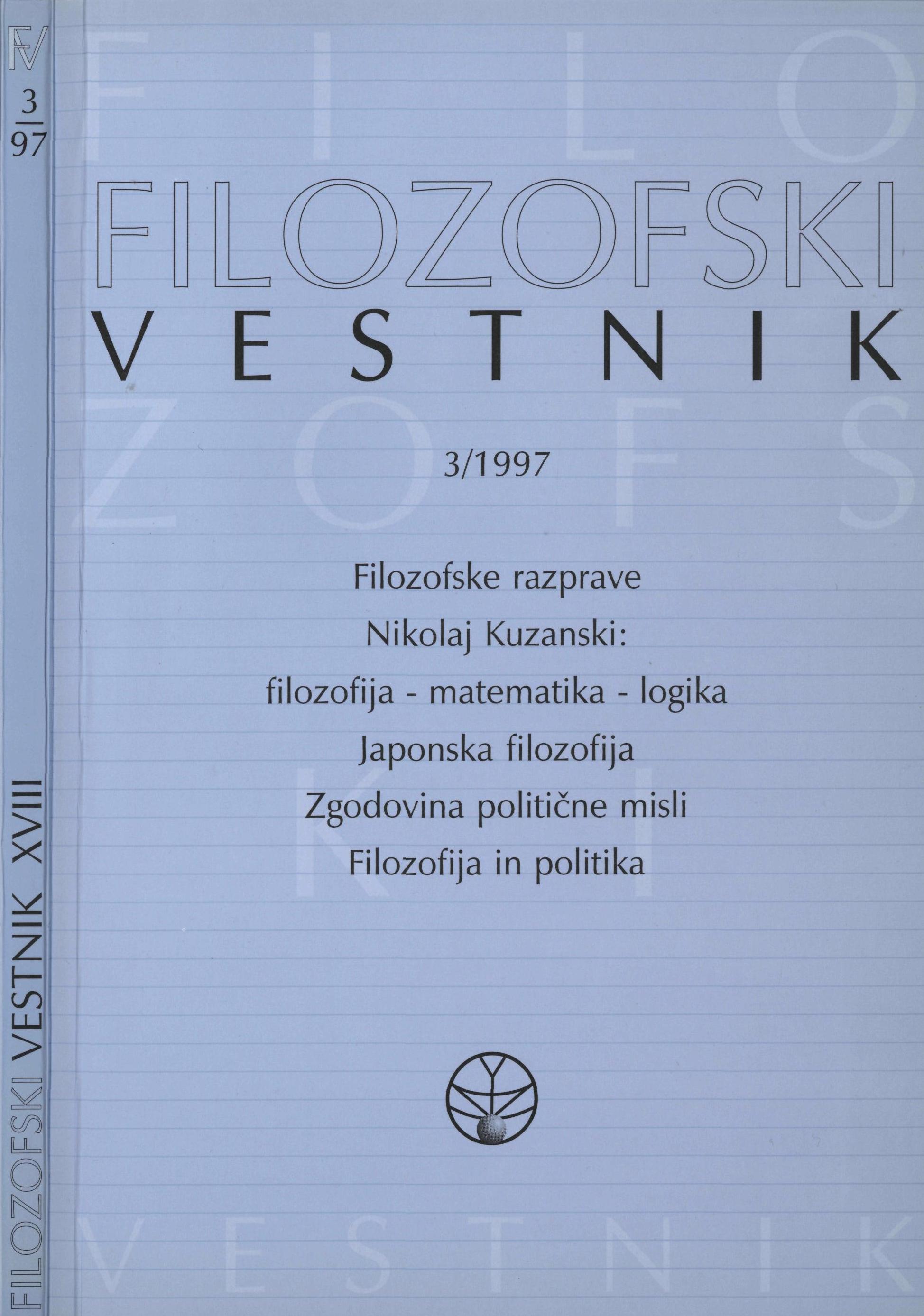Interpasivnost
Povzetek
Tekst razvija idejo interpasivnosti, novega koncepta, oblikovanega po modelu interaktivnosti in ki pokriva vrsto pojavov, v katerih subjekt delegira svojo pasivnost in užitek na drugo osebo ali stvar. Izhodišče je tekst, ki gaje leta 1874 napisal Villiers de 1'Isle-Adam in ki nemara lahko velja za rojstno mesto te ideje. Ta tekst razvija pojem la claque, (najetega aplavza) in predlaga njegovo razširitev, tako da bi ga pretvorili v mehanični aparat (in s tem napoveduje pojav 'konzerviranega smeha' na televiziji). Pričujoči tekst skuša pokazati, daje ta claque mogoče vzeti za vzorec za delovanje želje in njene inherentne interaktivnosti, medtem ko leži ključ do interpasivnosti v neki dimenziji, ki se inherentno razlikuje od želje in seji zoperstavlja, in ki jo je Freud zakoličil kot nagon. Medtem ko se želja vzdržuje skozi svojo nenehno nezadovoljenost, pa je nagon vselej zadovoljen, subjektu priskrbi užitek, pred katerim ga želja skuša obvarovati. Psihoanalizo je tako mogoče dojeti kot proces, ki vodi od struktur želje k strukturam nagona.Prenosi
Podatki o prenosih še niso na voljo.
Prenosi
Objavljeno
2016-01-24
Kako citirati
Dolar, M. (2016). Interpasivnost. Filozofski Vestnik, 18(3). Pridobljeno od https://ojs.zrc-sazu.si/filozofski-vestnik/article/view/4004
Številka
Rubrike
Filozofske razprave
Licenca
Avtorji jamčijo, da je delo njihova avtorska stvaritev, da v njem niso kršene avtorske pravice tretjih oseb ali kake druge pravice. V primeru zahtevkov tretjih oseb se avtorji zavezujejo, da bodo varovali interese založnika ter da bodo povrnili morebitno škodo.
Podrobneje v rubriki: Prispevki





